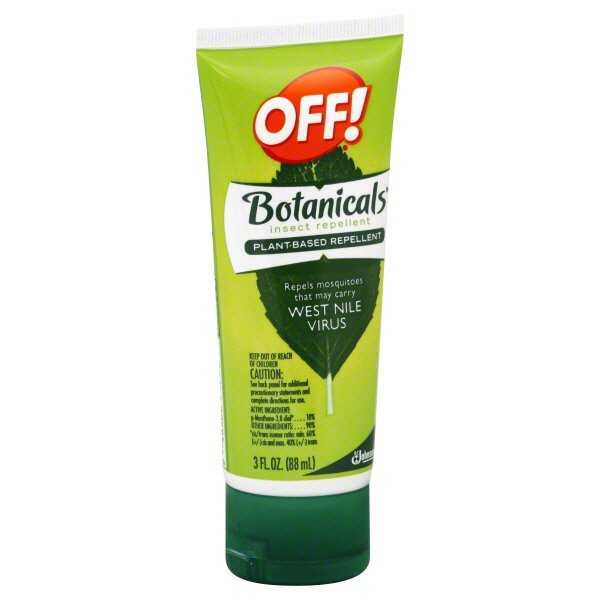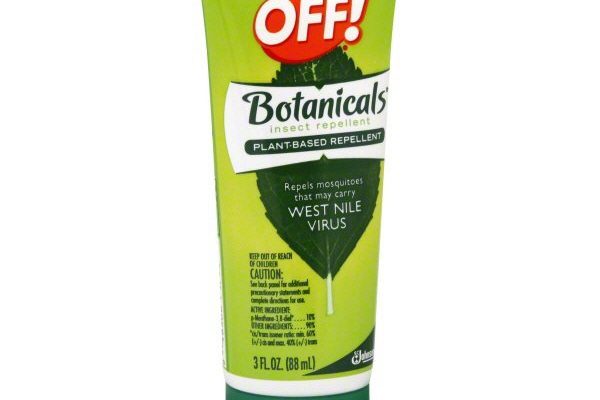
Using plant-based options for pest management isn’t just a trend; it’s a smart approach that aligns with our growing awareness of environmental impact. Imagine tackling the problem while also loving and protecting the planet. With a variety of plant-based repellents available, you can choose methods that are safe for your garden, your family, and the local ecosystem.
In this guide, we’ll dive into effective plant-based repellents for inchworm management. We’ll discuss how they work, why you should consider them, and some practical tips on using them. Let’s make sure your garden stays beautiful and healthy!
Understanding Inchworms and Their Behavior
Before we jump into repellents, it’s essential to understand who we’re dealing with. Inchworms, often the larvae of moths, are known for their unique way of moving: they “inch” along by looping their bodies. You might spot them hanging out on tree branches or creeping along tender leaves.
These critters are typically active in early spring to late summer, which is when they love to nibble on a variety of plants. They tend to favor fruit trees, ornamental plants, and shrubs. Understanding their life cycle can help you plan your pest management strategy. Inchworms begin as eggs, hatch into larvae, and eventually transform into moths, continuing the cycle.
Monitoring your plants closely can help you catch these pests before they do too much damage. You might be wondering why plant-based repellents are a better choice. Well, they’re gentle, safe for beneficial insects, and sustainable, making them a win-win for your garden.
Why Choose Plant-Based Repellents?
So, why plant-based? The appeal of these natural solutions is their ability to deter pests without the harsh effects of synthetic chemicals. They’re like a protective shield that actively keeps insects away while being safe for humans, pets, and wildlife.
Many plant-based repellents work by using certain essential oils or extracts from plants that these pests find unpleasant. For example, oils from peppermint, rosemary, and garlic can be particularly effective in repelling inchworms. When you spray these solutions on your plants, you’re creating an environment that inchworms would rather avoid.
Let’s not forget about the environmental impact. Choosing plant-based options means investing in a more sustainable future. Instead of putting harsh chemicals into the ground, you’re using ingredients that can break down naturally, helping to nurture the soil and surrounding ecosystem.
Effective Plant-Based Ingredients for Inchworm Repellents
Now that we’ve established the benefits, let’s talk about some specific plant-based ingredients that work wonders against inchworms. Here are a few favorites:
- Peppermint Oil: This invigorating scent is great for humans but a major turnoff for inchworms. Mix a few drops with water and spray it onto affected plants.
- Neem Oil: Extracted from the seeds of the neem tree, this oil disrupts the feeding and breeding of pests. It’s often used as a natural pesticide.
- Garlic Spray: Believe it or not, a stinky garlic mixture can deter many insects. Blend garlic cloves with water, strain, and use the liquid to spray on plants.
Each of these ingredients has its own unique properties and strengths. Depending on your garden’s needs, you can experiment with different mixtures to find the one that works best for you. Just remember to test any solution on a small plant section first, to ensure it doesn’t harm your greenery.
How to Create Your Own Plant-Based Repellent
Creating your own plant-based repellent can be a fun DIY project! It’s like crafting something special to protect your garden. Here’s a simple recipe to get you started with making a peppermint oil spray:
1. Gather your materials: You’ll need water, peppermint oil, a spray bottle, and a measuring spoon.
2. In a bowl, mix 1 tablespoon of peppermint oil with 1 quart of water.
3. Pour the mixture into your spray bottle.
4. Shake well before using.
Spray this solution on your plants, focusing on the leaves and stems where inchworms tend to hang out. You might want to reapply after rain or every couple of weeks to maintain its effectiveness. Always keep an eye on your plants to see how they respond.
You could also try different combinations or add other plant-based ingredients like garlic or neem oil for a more potent mix. Just keep track of what you use so you can replicate successful formulas later.
Application Tips for Maximum Effectiveness
To make sure your plant-based repellents work their best, consider these tips. Timing and technique can make all the difference when it comes to pest management.
– Application Time: Spray your repellent early in the morning or late in the afternoon. This way, you avoid the hottest parts of the day, which can cause the mixture to evaporate too quickly.
– Coverage is Key: Ensure that you cover both the tops and bottoms of leaves, as inchworms often hide on the undersides. A good spray can create a barrier that’s hard for them to cross.
– Routine Monitoring: Keep an eye on your plants regularly, checking for signs of inchworms or any damage. Early detection helps you act before they multiply.
– Mix It Up: If you notice that a specific repellent isn’t as effective anymore, don’t hesitate to switch to a different formulation. Pests can become resistant, so variety is a good strategy.
By following these tips, you’ll set yourself up for success in using plant-based repellents to manage inchworms and other pests.
Complementary Practices to Enhance Your Pest Management
Plant-based repellents alone can do wonders, but combining them with additional practices can significantly boost your pest management efforts. Think of these methods as part of a holistic approach to gardening.
– Companion Planting: Certain plants can naturally deter pests. For instance, planting marigolds can help repel various insects, including worms. They work as nature’s own little bodyguards for your garden.
– Encouraging Beneficial Insects: Ladybugs and lacewings are your friends! They feast on pests like inchworms. By creating a welcoming environment for them, you can naturally reduce pest populations.
– Regularly Clean Your Garden: Keeping your garden tidy can eliminate hiding spots for inchworms. Remove any debris, dead leaves, or spent flowers where pests could linger.
The combination of plant-based repellents with these complementary practices creates a more robust pest management strategy. You’ll find yourself not only fighting inchworms but also nurturing a healthy garden ecosystem.
Closing Thoughts on Inchworm Management
Inchworms might be tiny, but they can pack a big punch when it comes to damaging your plants. Luckily, using plant-based repellents gives you an effective and eco-friendly way to tackle these pesky critters. By understanding their behavior, experimenting with natural ingredients, and applying effective techniques, you can keep your garden flourishing.
Remember, gardening is a journey, and each step you take towards using more sustainable methods is a win. So the next time you spot an inchworm on your prized plants, you’ll have the tools and knowledge to manage them effectively. With patience and persistence, you’ll create a beautiful garden that thrives, free from unwanted visitors. Happy gardening!

